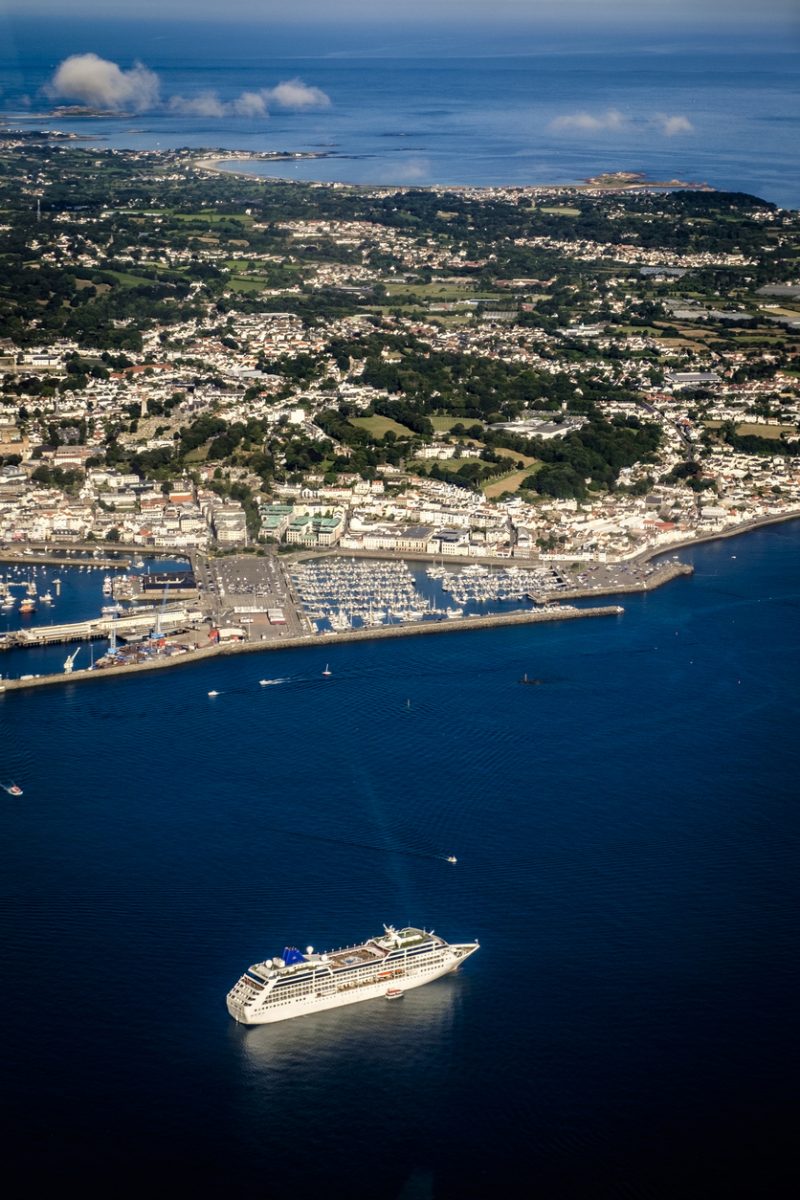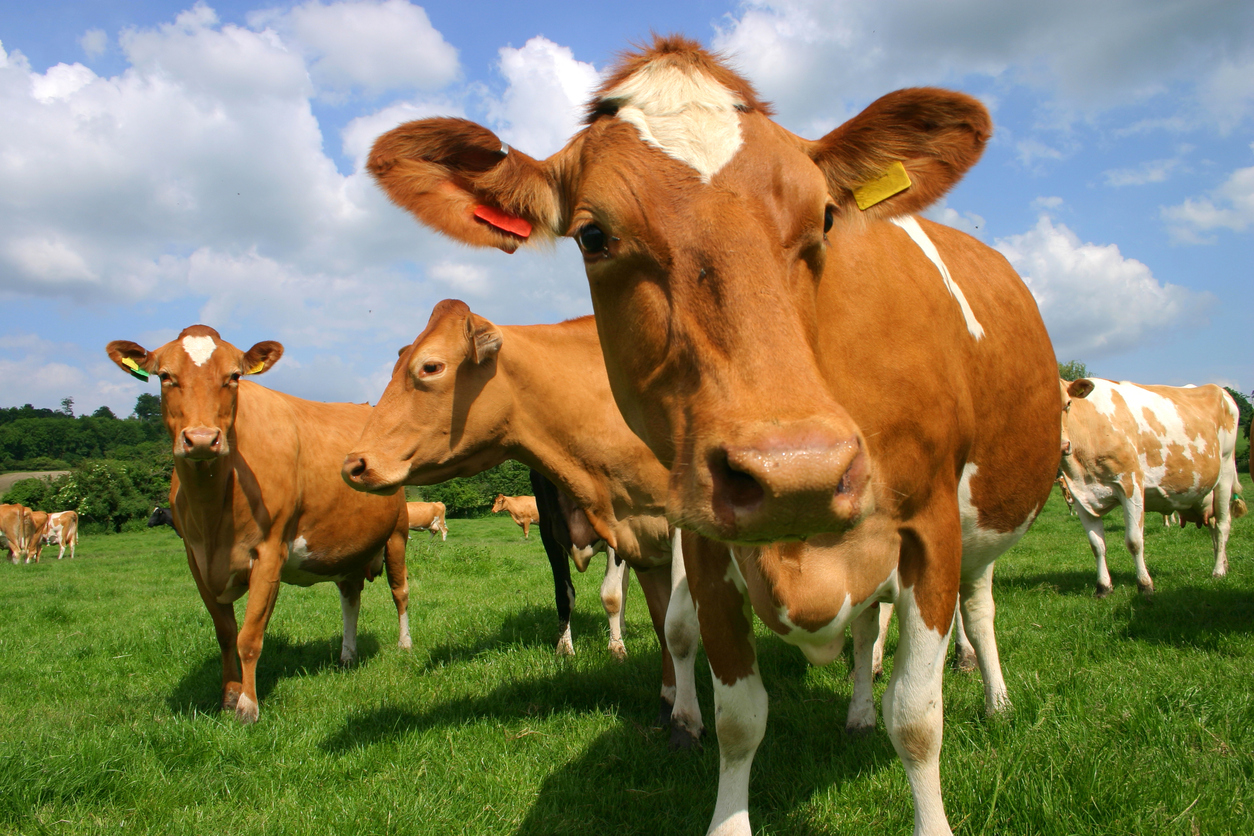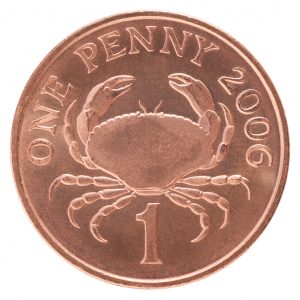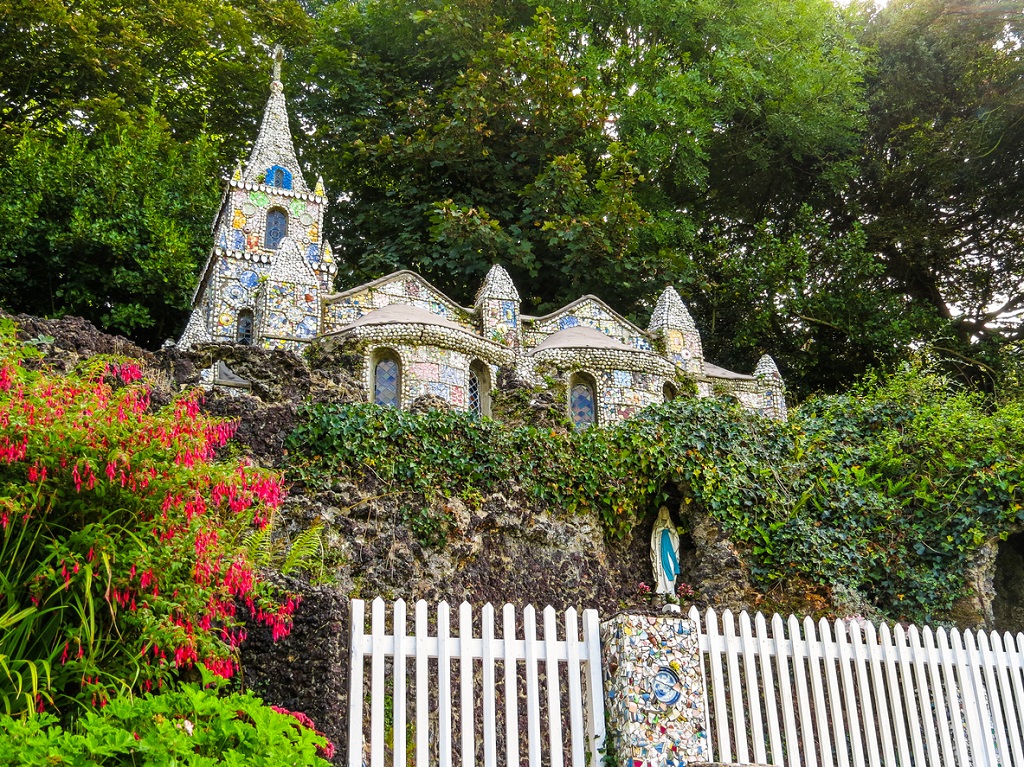Is it in yet…?

A question that is seldom heard on the isle of Guernsey…
…as the issue of size is undeniably clear when the many visiting cruise ships come into harbour, dwarfing the coastal features of the island. In fact, growing up on the island, it is the sight of these giant floating-hotels just off shore which sparked my passion for travel and fuelled my hunger for exploring new destinations.
…& whilst Guernsey may be famed worldwide for its creamy exports from the native dairy cows, the people of Guernsey are actually referred to as ‘donkeys’… explanations for this nickname vary, yet most islanders concur it is due to the strength of character and stubborn nature of most Guerns.

When the ships are in, the cobbled streets of St Peter Port play host to visitors from all over the world and a popular recommendation by islanders is to sample the ‘Guernsey Gâche’… a traditional fruit bread often served with a strong cup of tea. ‘Guernsey Bean Jar’ is another traditional dish still popular today, with an annual Bean Jar Jamboree held in October each year to celebrate the cassoulet.
In fact, October is a wonderful time of the year to visit Guernsey as it also marks the celebration of Tennerfest; a time when many restaurants throughout the island offer à la carte three-course menus for as little as £10 per person. With seafood taking pride of place on menus island-wide, there’s certainly something fishy about Guernsey, and the soft fleshy meat of the ‘Ormer’ is a local shellfish delicacy not to be missed!
Guernsey is also home to a special kind of crab… the ‘Chancre Crab’, found in the waters of the Channel Islands, is such a prominent part of local life that its image is even featured on the Guernsey penny.

Whilst Guernsey welcomes visitors from far and wide, it has been subject to invasion over the years and the influence of those who have penetrated her shores is still visible throughout the island. Up until 1948, French was the official language of Guernsey and is still prevalent in the form of place names, administration practices and courts of law, yet both French and the patois Geurnésiais have become second-languages of the island, with English the prominent language spoken nowadays. The Napoleonic loophole towers, built to protect the island’s most vulnerable beaches from invasion, can still be seen dotted around the island coastline as well as fortifications such as Castle Cornet and Fort Houmet.
…and for those looking to experience something French whilst in Guernsey, I recommend a guided visit of Hauteville House; home to the acclaimed author Victor Hugo for 14 years during his exile from France and where he completed his works on Les Misérables.
…& why not pay a visit to the Little Chapel at Les Vauxbelets valley, a miniature version of the Rosary Basilica at Lourdes; standing just 13ft tall, the chapel is a true labour of love crafted in pebbles & shells alongside broken pieces of decorative china & glass.

If bunkers are more your thing, the history of the German Occupation of Guernsey is preserved on the island with gun emplacements and underground bunkers dotted throughout the coastline, and sites such as the German Underground Hospital and the German Occupation Museum drawing guests from near and far.
Guernsey truly is a pleasure to behold, from rocky coves to vast expanses of golden sand, the beautiful bays of Guernsey are breath-taking and the neighbouring islands of Herm, Sark, Lihou & Jethou have a charm of their own.
The Bailiwick of Guernsey is a destination that will leave you truly satisfied.
About Me

As an island-girl, originally from Guernsey, seeing the giant cruise ships alongside historic Castle Cornet sparked my passion for travel and fueled my hunger for exploring new destinations. Working in travel allows me to use my knowledge and experience to piece together the ideal holiday experience for you, and I…
Read more